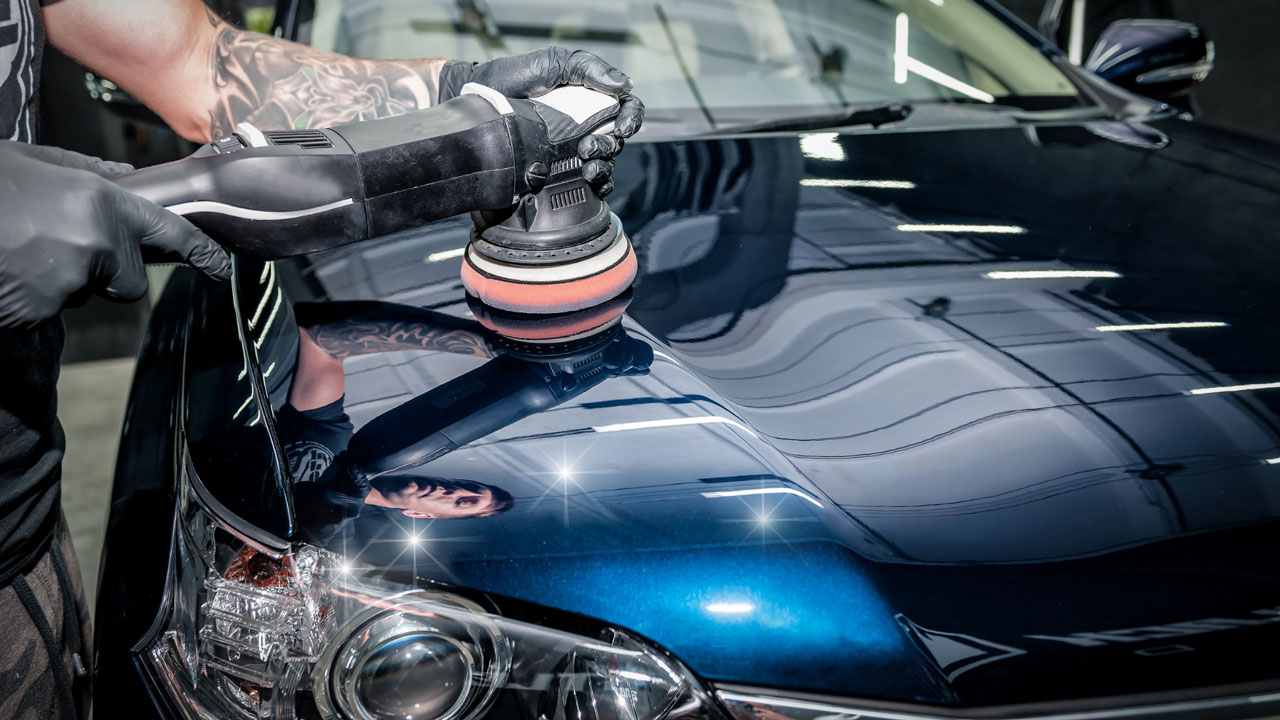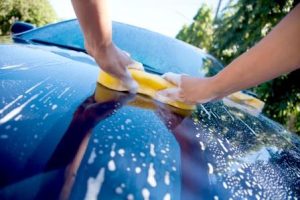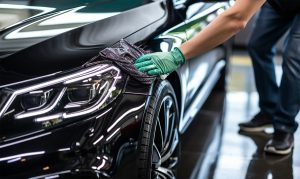Waxing your car is one of the most pleasurable and important automotive activities. It protects your car from UV radiation, moisture, and pollution while improving its appearance. There are several commercial vehicle waxes, but many enthusiasts prefer to make their own. This article covers 2024’s best DIY car wax ingredients for a shiny automobile.
Beeswax: Natural Ingredients for DIY Car Wax
Beeswax from honeycomb is used in many DIY auto wax preparations. It repels water and pollutants and gives your car a brilliant shine.
Carnauba Wax
The “queen of waxes,” carnauba wax is revered for its sheen and longevity. It deepens paint color and protects against the elements.
Coconut Oil
DIY car waxes with coconut oil moisturize and renew paint. Wax repels water and resists oxidation due to its natural characteristics.
Olive Oil
Olive oil’s antioxidants and fatty acids give your car a gorgeous shine and replenish the paint. It prevents dryness and cracking, especially in hard weather.
Essential Oils for Aroma and Benefits
Lavender oil
DIY car wax with lavender oil smells nice and is antimicrobial, keeping your car clean.
Lemon Oil
Lemon oil, known for its refreshing aroma, is a natural degreaser that will clean your car. It also revitalizes fading paint.
Tea Tree Oil
DIY auto wax recipes benefit from tea tree oil’s antifungal and antibacterial characteristics. It prevents mold and mildew growth in your car, keeping it clean.
Abrasives for polishing and shining Baking Soda
Baking soda buffs surface flaws and shines dull paint as a mild abrasive. It neutralizes odors and removes tough stains.
White Vinegar
A multipurpose cleaner, white vinegar dissolves mineral deposits and tenacious residues on your car. In DIY auto wax, it improves gloss and clarity.
Additional Protection Ingredients
Borax is a natural preservative that extends the shelf life and prevents bacterial growth in DIY car wax formulas. It also improves wax adhesion to paint, giving long-term protection.
Glycerin
Glycerin keeps DIY car wax from drying out or becoming brittle. It makes wax more flexible, making application and removal easier.
Castile Soap
In DIY auto wax recipes, plant-based castile soap cleans gently. It removes dirt and filth without removing wax’s protective covering.
Making DIY Car Wax
Making auto wax at home is easy with few supplies and tools. Here’s an easy tutorial:
Get your ingredients: Gather natural ingredients, essential oils, abrasives, and other components for your DIY auto wax.
Melt beeswax, carnauba wax, and coconut oil in a double boiler or microwave-safe container. Heat gently to melt and mix.
Olive oil, essential oils, and any additional ingredients like glycerin or borax should be mixed in until well integrated.
Adjust the consistency: If the mixture is too thick, add a little melted coconut or olive oil. Too thin? Add beeswax or carnauba wax.
Let the DIY auto wax mixture cool completely before storing it in airtight containers. Keep cool, dry, and out of direct sunlight.
Pros of DIY Car Wax: Environmentally Friendly
Natural, biodegradable ingredients make DIY auto wax recipes a greener option to conventional goods with toxic chemicals.
Cost-Effectiveness
Making your own vehicle wax is far cheaper than buying it. Many DIY wax materials are cheap and readily available.
Customization Options
DIY auto wax lets you customize the mixture to your needs. To find your car’s optimum blend, try different ingredients and percentages.
Warnings and Tips
Check these precautions and advice before applying DIY car wax:
To ensure compatibility with your car’s paintwork, try the wax on a tiny, inconspicuous area before applying it to the entire vehicle.
DIY auto wax should be stored in a cool, dry area to avoid melting or deteriorating. Avoid severe temperatures and intense sunshine, which can damage its consistency and efficacy.
Conclusion
In conclusion, DIY car wax can be a fun and affordable method to protect and preserve your car. Natural substances like beeswax, carnauba wax, essential oils, and abrasives can produce professional-quality results without harsh chemicals or pricey products. Whether you’re a pro or a beginner, experimenting with ingredients and formulations lets you customize your car care routine and get the perfect shine.
Unique FAQs
Can I use DIY auto wax on all paint finishes?
DIY auto waxes are suitable for nearly all paint finishes, including clear coatings and metallics. To ensure compatibility and minimize harm, test the wax on a tiny area first.
How often should I DIY auto wax?
Weather, driving patterns, and wax quality affect waxing frequency. For best protection and gloss, wax your car every 3-6 months.
Can I wax my car DIY in the sun?
Avoid applying auto wax in direct sunlight because the heat can dry the wax too rapidly, making placement difficult. Instead, wax your automobile in the shade or at a cooler time.
Is DIY car wax safe for rubber seals and plastic trim?
DIY vehicle wax is safe for plastic trim and rubber seals, but wax residue might discolor or damage them. Protect these areas while waxing with a detailing brush or masking tape.
Can I keep DIY car wax?
In airtight containers in a cool, dry place out of direct sunlight, DIY auto wax can be stored for a long time. The wax must be checked occasionally for deterioration or separation before use.




